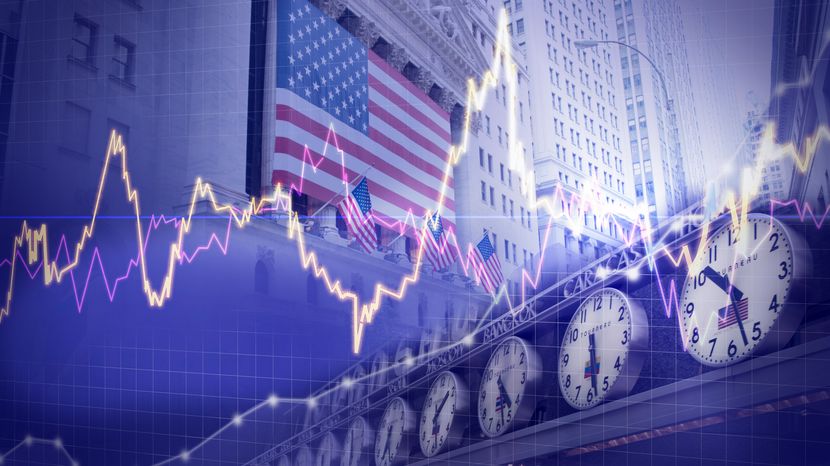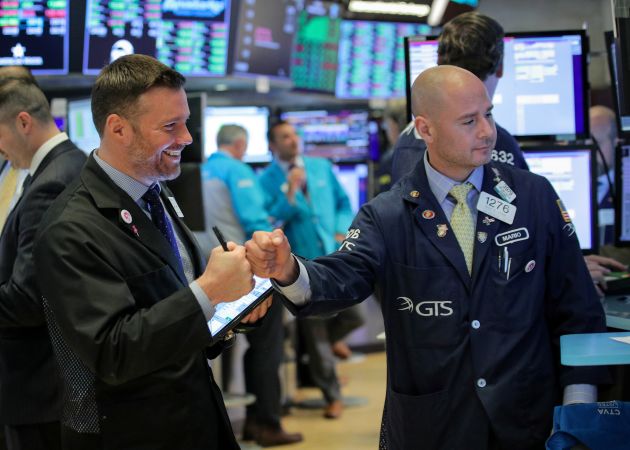Technical analysis is a study of price action to identify patterns and probable market movements over a period of time. The analysis employs technical studies, indicators, and tools like price charts or timeframes. The technical analysis helps to determine trends and plays a vital role in the forex trader’s job. Not only it indicates when and where to enter a market but also when and where to get out.
Using technical analysis
There can be an analogy between technical analysis and weather forecasts. Like a weather forecast indicates the weather of a place, the charts, and graphs comprising the technical analysis merely indicate a market trend or a probability. similarly like a weather forecast cannot accurately predict the weather of a particular
place, the technical analysis also cannot point to exact price movements.
Since successful trading is about predicting the odds and determining the probabilities, traders act on the implications of the trading charts. They interpret the trading charts to get a market forecast and calculate the risk-to-reward ratio before entering a trade. It would be a folly to think that technical analysis will enable you to unlock a magical trading strategy.
Types of trading charts
Several trading chart patterns can help a trader to form a plan. The basic and common chart patterns are –
- Head and Shoulders (H&S)
This is one of the most basic charts used by traders. The ‘head and shoulders’ pattern is seen as a typical topping formation after an uptrend and a bottoming formation following a downtrend.
The topping formation is a price high followed by a minor pullback or retrenchment and then a higher price high followed by another retracement and then a lower low.
The bottoming pattern is seen as a low (shoulder), then a retracement followed by a lower low (head) then another retracement, and finally a higher low (second shoulder).
The level of support or resistance (trendline/ neckline) connecting two highs in a bottoming pattern or two lows in a topping pattern indicates strategic areas to the traders (when to enter or exit a trade) This pattern provides an entry-level, stop level, and a profit target for trading.
- Triangles
Triangles are very commonly used trading charts, especially on short-term time frames. A triangle chart pattern is typically seen when prices with their highs and lows converge to a tighter price. They can be easily traced by drawing trendlines/necklines along this converging price range. They can be symmetrical, descending, or ascending triangles.
Triangles can be seen as a continuation pattern or also a reversal pattern. Generally, triangles signal resumption or reversal of the prior trend on a heavy volume.
- Candlestick charts
Inspired by the 18th century rice traders in Japan, Candlestick charts are popular as they provide a high amount of data. A trader can track price movements for multiple time frames from these charts. Thus, these charts are more efficient than traditional lines connecting dots or open-high, low-close bars.
In a downtrend, an up candle real body (the area between opening price and closing price) will completely cover the previous down candle while in an uptrend the real body will completely cover the previous up candle. Candlestick reversal patterns foresee a change in price direction while the continuation patterns predict prolongation of the present prices.
- Ichimoku Cloud Bounce
Ichimoku cloud balance is a collection of technical indicators. Ichimoku cloud takes multiple averages and computes them to form a cloud. This is presented as an overlay on the price chart and predicts multiple factors like the support and resistance for a price in the future or the momentum and market trend.
When combined with a price chart, Ichimoku cloud presents much more dynamic support/resistance levels than the traditional formats. The cloud presents a continuous pattern but acts as a support in an uptrend (price is higher than the cloud) or as resistance in a downtrend (price lower than the cloud). It also presents a lot more entry and exit opportunities that are not easily identified.
A trader can create a personalized and customizable trading system and capture most of the trends while using the cloud correctly.
Conclusion
Trading charts help you to spot a trend and generally predict the market trend. However, successful trading requires more than following the charts blindly.
The secret lies in managing your risk well, controlling your emotions, and adhering to a proper trading discipline. It will pay if you spend some time interpreting the charts by following the market closely before investing.




